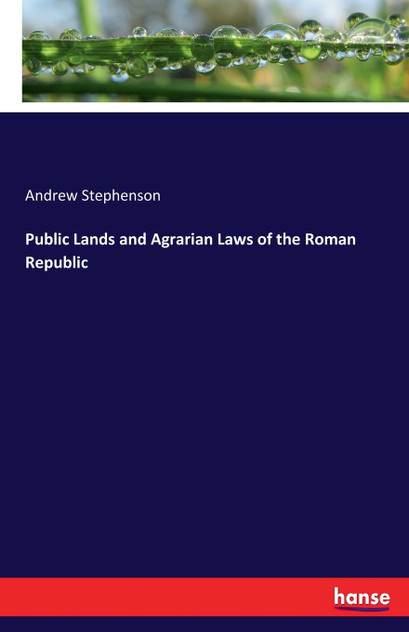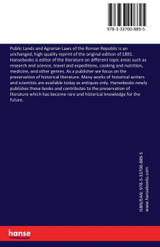In the first volume in this new series on Roman society and law, Saskia T. Roselaar traces the social and economic history of the ager publicus, or public land. As the Romans conquered Italy during the fourth to first centuries BC, they usually took land away from their defeated enemies and declared this to be the property of the Roman state. This land could be distributed to Roman citizens, but it could also remain in the hands of the state, in which case
it was available for general public use. However, in the third and second centuries BC growth in the population of Italy led to an increased demand for land among both commercial producers and small farmers.
This in turn led to the gradual privatization of the state-owned land, as those who held it wanted to safeguard their rights to it. Roselaar traces the currents in Roman economy and demography which led to these developments.


